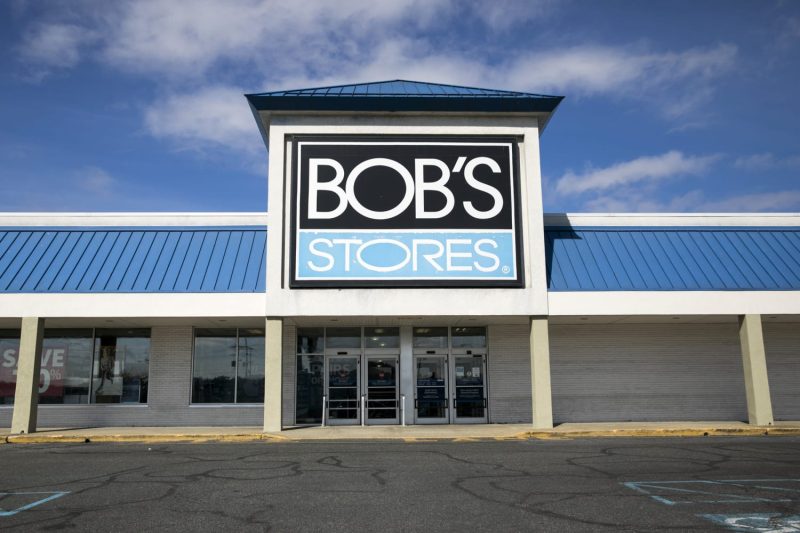The recent closure of the iconic clothing chain Bob’s Stores marks the end of an era for many loyal customers who have patronized the retailer for the past 70 years. Founded in 1950, Bob’s Stores carved a niche for itself in the retail industry by offering a wide selection of affordable and stylish apparel for men, women, and children. Despite its longstanding presence in the market, the chain ultimately succumbed to the challenges facing brick-and-mortar retailers in an increasingly digital age.
One of the key contributing factors to Bob’s Stores closure is the rise of e-commerce and online shopping. Over the past decade, consumers have shifted towards the convenience of shopping online, where they can browse a vast array of products, compare prices, and make purchases from the comfort of their homes. This shift in consumer behavior has put tremendous pressure on traditional retailers like Bob’s Stores, which have struggled to compete with the speed and efficiency of online platforms.
Another significant challenge faced by Bob’s Stores was the changing landscape of the retail industry, characterized by fierce competition and evolving consumer preferences. As fast-fashion brands and online giants continue to dominate the market, smaller retailers like Bob’s Stores have found it increasingly difficult to attract and retain customers. The chain’s failure to adapt to changing trends and innovate its business model further exacerbated its decline, leading to its eventual closure.
Furthermore, the impact of the COVID-19 pandemic cannot be overlooked in the downfall of Bob’s Stores. The public health crisis forced the chain to temporarily close its stores, resulting in a significant loss of revenue. With consumers hesitant to visit physical retail locations due to health concerns, Bob’s Stores faced a steep decline in foot traffic and sales, further jeopardizing its already fragile financial position.
Despite its unfortunate closure, Bob’s Stores leaves behind a legacy of offering quality clothing at affordable prices to generations of customers. The chain’s loyal customer base and longstanding reputation in the retail industry are a testament to its enduring impact on the community. While the closure of Bob’s Stores may signal the end of an era, it also underscores the importance of adaptability and resilience in an ever-changing retail landscape.
As the retail industry continues to evolve, traditional brick-and-mortar stores must innovate and embrace new technologies to stay competitive and meet the evolving needs of today’s consumers. While the closure of Bob’s Stores is undoubtedly a loss for its dedicated patrons, it also serves as a reminder of the dynamic nature of the retail market and the imperative for businesses to evolve with the times or risk obsolescence.




























